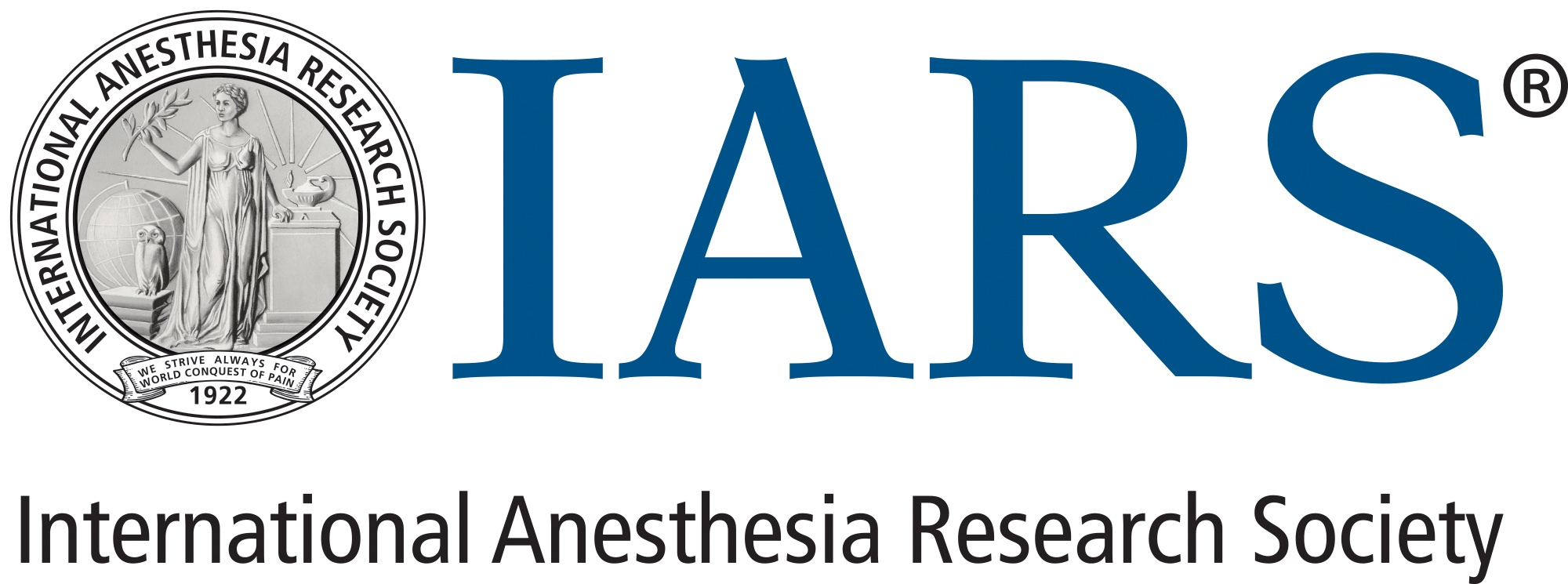 Kendall Smith, MD, PhD
Kendall Smith, MD, PhDAssistant Professor
Washington University in St. Louis
St. Louis, MO
Dr. Smith’s Research
Role of Transcriptomic Circadian Rhythms in Postoperative Delirium
Delirium is a potentially preventable disorder characterized by transient fluctuating disturbances in attention, consciousness, and cognition. It is a common complication in older adults following major surgery under general anesthesia and is associated with poor postoperative trajectories with costs upwards of $32 billion annually. Circadian rhythm disruptions are thought to contribute to adverse perioperative outcomes including postoperative delirium, but little is known about their perioperative trajectories at the molecular level. The objective of this proposal is to characterize transcriptomic circadian rhythm changes across the perioperative continuum and to elucidate their relationship to postoperative delirium. We will utilize an externally validated transcriptomic algorithm to directly measure internal circadian phase across the perioperative continuum. We hypothesize that changes will be observed in internal circadian phase following the acute event of general anesthesia and major cardiac surgery. Furthermore, we anticipate that the degree of these changes will be associated with postoperative delirium severity, as measured by serial Confusion Assessment Method (CAM) assessments. The significance of this work is two-fold: First, it would provide the first transcriptomic characterization of circadian rhythms during the perioperative period for future therapeutics. Second, it would allow for the discovery of biomarkers that may predict clinical trajectories leading to better outcomes in this vulnerable patient population.
Related Publications
Protocol for the Prognosticating Delirium Recovery Outcomes Using Wakefulness and Sleep Electroencephalography (P-DROWS-E) study: a prospective observational study of delirium in elderly cardiac surgical patients
S Kendall Smith, et al
Delirium is a potentially preventable disorder characterised by acute disturbances in attention and cognition with fluctuating severity. Postoperative delirium is associated with prolonged intensive care unit and hospital stay, cognitive decline and mortality. The development of biomarkers for tracking delirium could potentially aid in the early detection, mitigation and assessment of response to interventions. Because sleep disruption has been posited as a contributor to the development of this syndrome, expression of abnormal electroencephalography (EEG) patterns during sleep and wakefulness may be informative. The authors hypothesise that abnormal EEG patterns of sleep and wakefulness may serve as predictive and diagnostic markers for postoperative delirium. Such abnormal EEG patterns would mechanistically link disrupted thalamocortical connectivity to this important clinical syndrome.
Validation of blood-based transcriptomic circadian phenotyping in older adults
S Kendall Smith, Peter Tran, Katherine A Madden, Jill Boyd, Rosemary Braun, Erik Musiek, Yo-El S Ju
Circadian rhythms govern interorgan coordination and harmonize internal function with the external environment. Age related changes in circadian rhythms are associated with a diverse array of diseases including neurological disorders [1]. Moreover, circadian dysfunction occurs prior to symptoms in some conditions such as Alzheimer disease, suggesting a potential target for intervention. Current methods for circadian measurement in humans have lower granularity or are logistically constrained. Dim light melatonin onset, the “gold-standard” measure of circadian phase, requires timed dim light conditions. Actigraphy is influenced by extra-circadian behaviors and is challenging in people with limited mobility. However, newer approaches using transcriptional biomarkers may provide more granular and objective information about circadian function.
International Anesthesia Research Society
